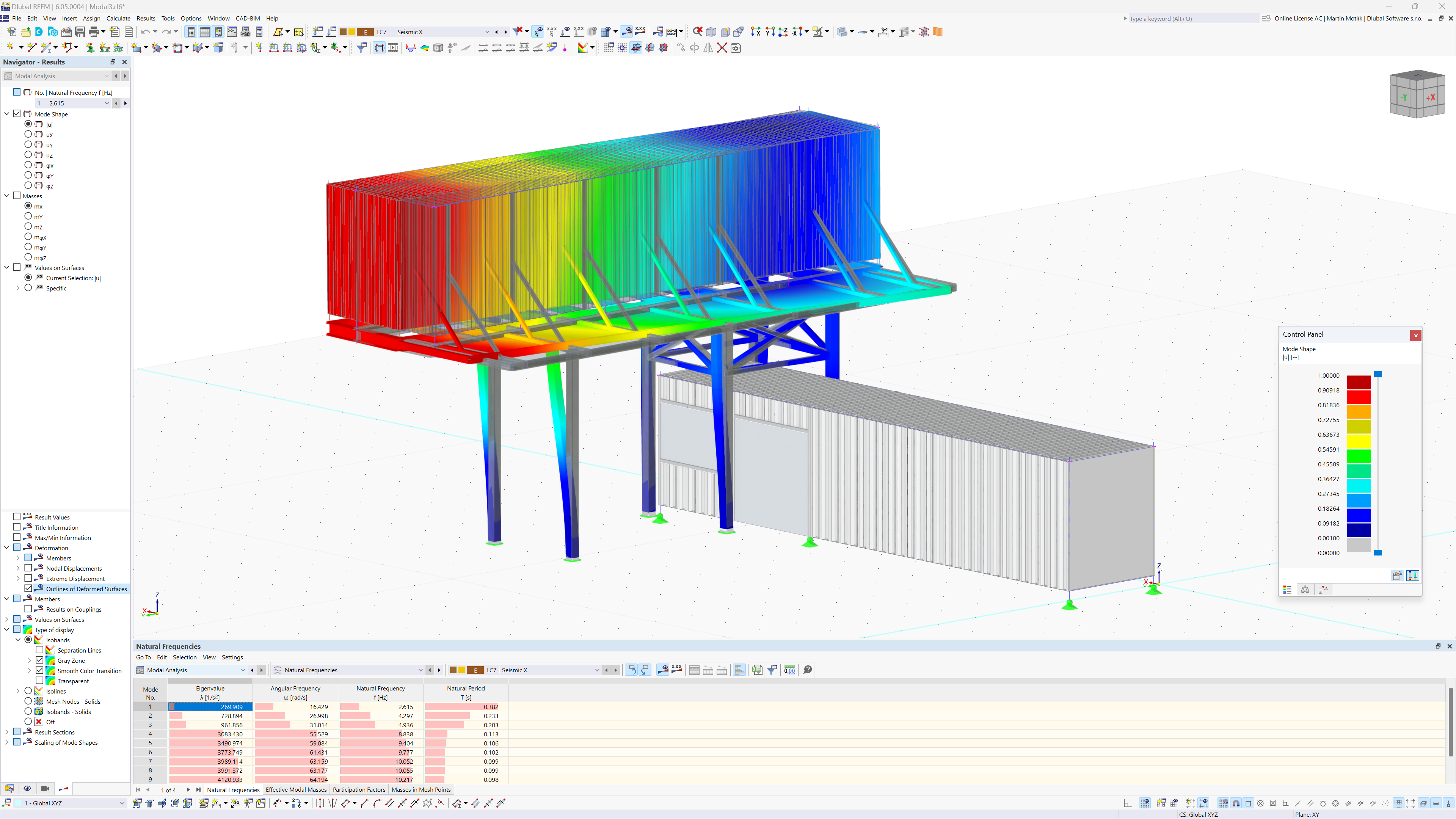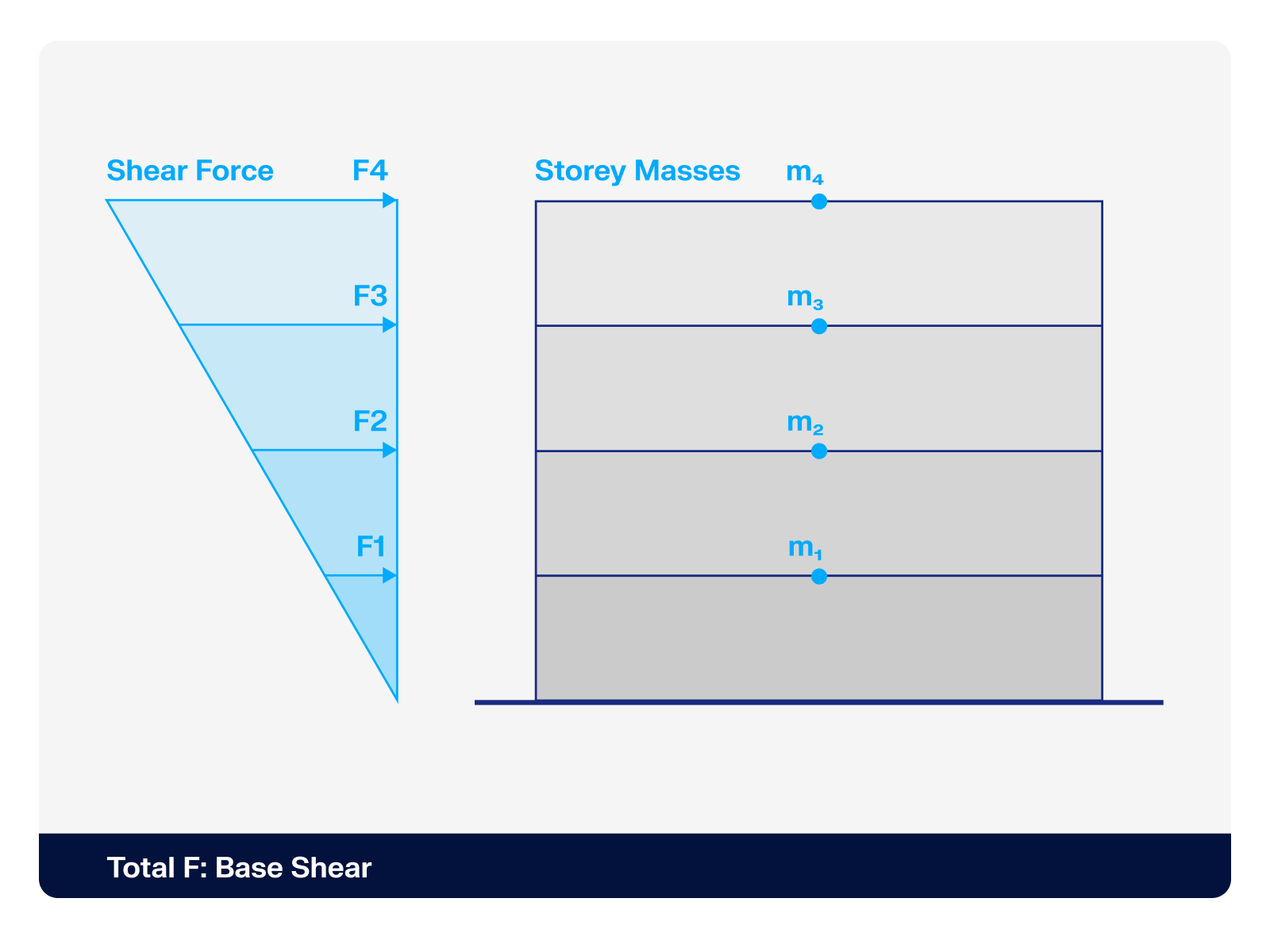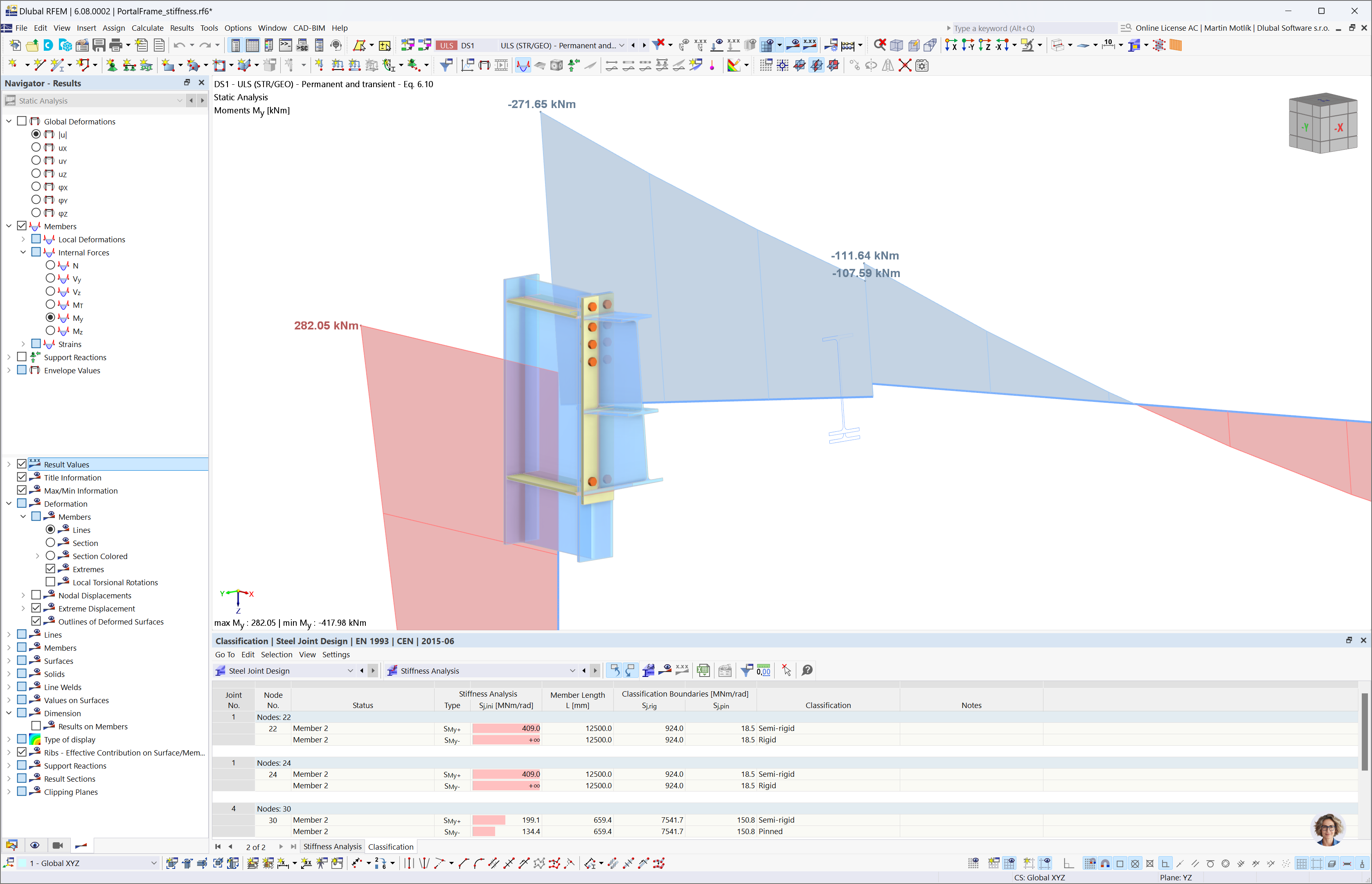
Knowledge Base
Our Knowledge Base includes technical articles on many "Structural Analysis and Design" topics to not only help you work with Dlubal Software products, but also to expand your engineering knowledge. Gain helpful tips & tricks when using RFEM, RSTAB, the add-on modules, and stand-alone programs.
1140 Results
View Results:
Sort by:
In this article, the design of a timber panel wall with the beam panel thickness type is performed.
Show More
This article provides an overview of RFEM 6 and RSTAB 9's dynamic analysis capabilities, highlighting essential add-ons and learning resources for seismic analysis, vibration-resistant design, and structural dynamics applications.
This article provides a comprehensive overview of essential seismic analysis methods, explaining their principles and applications, as well as the scenarios in which they are most effective
This article outlines the various approaches available in RFEM 6 for modifying surface stiffness, emphasizing their application and the impact on structural analysis.
The Structure Stability add-on is a useful tool when analyzing structural components susceptible to buckling. Using the example of a tapered cantilever beam, the determination of the failure mode and the branching load is shown.
For reinforced concrete components and structures with structural behavior considerably influenced by the effects of the second-order analysis, Eurocode 2 provides the general method based on a nonlinear determination of internal forces according to the second-order analysis (5.8.6), as well as the approximation method based on the nominal curvature (5.8.8).
The aim of this technical article is to perform a design according to the general design method of Eurocode 2, using the example of a slender reinforced concrete column.
The aim of this technical article is to perform a design according to the general design method of Eurocode 2, using the example of a slender reinforced concrete column.
This article discusses the technical aspects and importance of considering construction stages in FEA for soil material and gives a practical example of how to perform a geotechnical analysis with construction stages in RFEM 6.
This article explains the "stripe width" and "sampling factor" parameters for load transfer surfaces using a simple example.
The weld stresses between surfaces can be determined using the Stress-Strain Analysis add-on in RFEM 6. Furthermore, the stress limit determined according to the applicable standard can be input to determine the stress ratio of the weld. This article focuses on the fillet weld design according to AISC 360-22 [1] with two examples from AISC Volume 1: Design Examples [2].
This article introduces the new member type “Pile”, developed to enable efficient and accurate modeling of piles within structural models.
In this article, we will explore the various types of stability failures, delving into their key features, causes, and how they manifest in different structural systems.
The Concrete Foundations add-on for RFEM 6 allows you to perform geotechnical design checks according to EN 1997-1. In particular, this includes the ground failure design, which analyzes the allowable soil pressures on the basis of drained conditions according to Annex D.4 of the standard. In the add-on, the calculation takes into account the soil parameters, foundation geometry, and loads.
This article provides a step-by-step guide to the design of shear walls in RFEM 6.
This article demonstrates how to initiate and conduct the analysis in the software, followed by a short discussion of the underlying concept.
Fire design according to Chapter 16 of the NDS [1] for wood members and surfaces is available in the Timber Design add-on. This article shows how the charring of wood and reduced cross-sectional dimensions can be accounted for in the fire design with an example from AWC Technical Report No. 10 [2].
Base plate design according to AISC 360 [1] and ACI 318 [2] is now available in the Steel Joints add-on. This article shows how to model the base plate connection effortlessly and compare the results with an example from AISC Design Guide 1 [3].
In RFEM 6, additional foundation loads allow for precise modeling of real-world loading scenarios adapted to different load types and situations.
In simulations using the finite element method, the mesh is of crucial importance. This article describes the essential features of a mesh convergence study to determine the required mesh refinement for sufficiently accurate results.
This text outlines the benefits of using CFD (Computational Fluid Dynamics), particularly in contrast to conventional wind tunnel testing.
In Eurocode 7, there are three design approaches for determining the ground failure resistance.
In this article, the approaches are compared on the model of a foundation plate with a column. The differences between the individual approaches lies in the partial safety factors that affect various influencing values.
In this article, the approaches are compared on the model of a foundation plate with a column. The differences between the individual approaches lies in the partial safety factors that affect various influencing values.
According to AISC Design Guide 9 Section 4.1 [1], the following torsional stresses must be considered for open cross-sections subjected to warping:
This article shows you, using a practical example, how to generate a load that moves along a bridge in RFEM 6.
In this article, you will learn how to define moving loads and generate corresponding load cases using the Moving Load Wizard in RFEM 6.
There are various settings that can be used to influence the file size of models. The following article explains the basic principles and program-specific settings.
The Steel Joints add-on for RFEM 6 has taken a significant step forward by introducing semi-rigid hinges, a feature that dramatically enhances how steel connections are modeled in structural analysis. This new capability enables engineers to go beyond the traditional rigid or hinged connection assumptions, offering a more accurate and flexible way to represent the behavior of joints. With the ability to simulate joint stiffness through advanced initial stiffness analysis, the design process becomes more realistic and optimized, paving the way for safer and more cost-effective projects.
The ASCE 7-22 standard requires both balanced and unbalanced snow load case scenarios for a structure's design consideration. While this may be more intuitive for flat or even gable/hip type roofs, the determination of snow loads is increasingly difficult for arch roofs due to complex geometry. However, with guidance from ASCE 7-22 on snow load calculations for curved roofs and RFEM's efficient load application tools, it is possible to consider both balanced and unbalanced snow loads for a reliable and safe structure design.
This technical article shows you how the "Concrete Foundations" add-on in RFEM 6 facilitates the execution of geotechnical design checks. For the design of a foundation according to DIN EN 1997-1/NA, a structural system consisting of a concrete column with a foundation slab is considered. The essential design checks for ground failure safety, sliding resistance, highly eccentric loads in core (limitation of the gaping joint), and highly eccentric loading are presented and illustrated.
Validating CFD simulations with experimental data enhances accuracy by comparing simulation outcomes with real-world conditions. This process identifies discrepancies, allowing adjustments to enhance model reliability. Ultimately, it builds confidence in the simulation's ability to predict wind load scenarios.
The browser plugin Boomerang as well as the API testing program SoapUI are both useful tools to quickly check our WebService functions. With their assistance, it becomes effortless to identify available classes and their respective parameters. This article aims to serve as a comprehensive guide on effectively utilizing Boomerang and SoapUI in conjunction with the Dlubal WebService.
This article discusses and compares the prying effect in three types of connections: a connection with ring flange, a full end plate, and a stiffened ring flange.

.png?mw=640&hash=89ac6f2e14997d63b39204bcc0fbdbf711e870f2)
.png?mw=640&hash=02e711be630cb395f56a764005b70a03fbd7ad66)




















.png?mw=640&hash=77e77b13fa006346eeb7853dbe527a11aa117e07)




